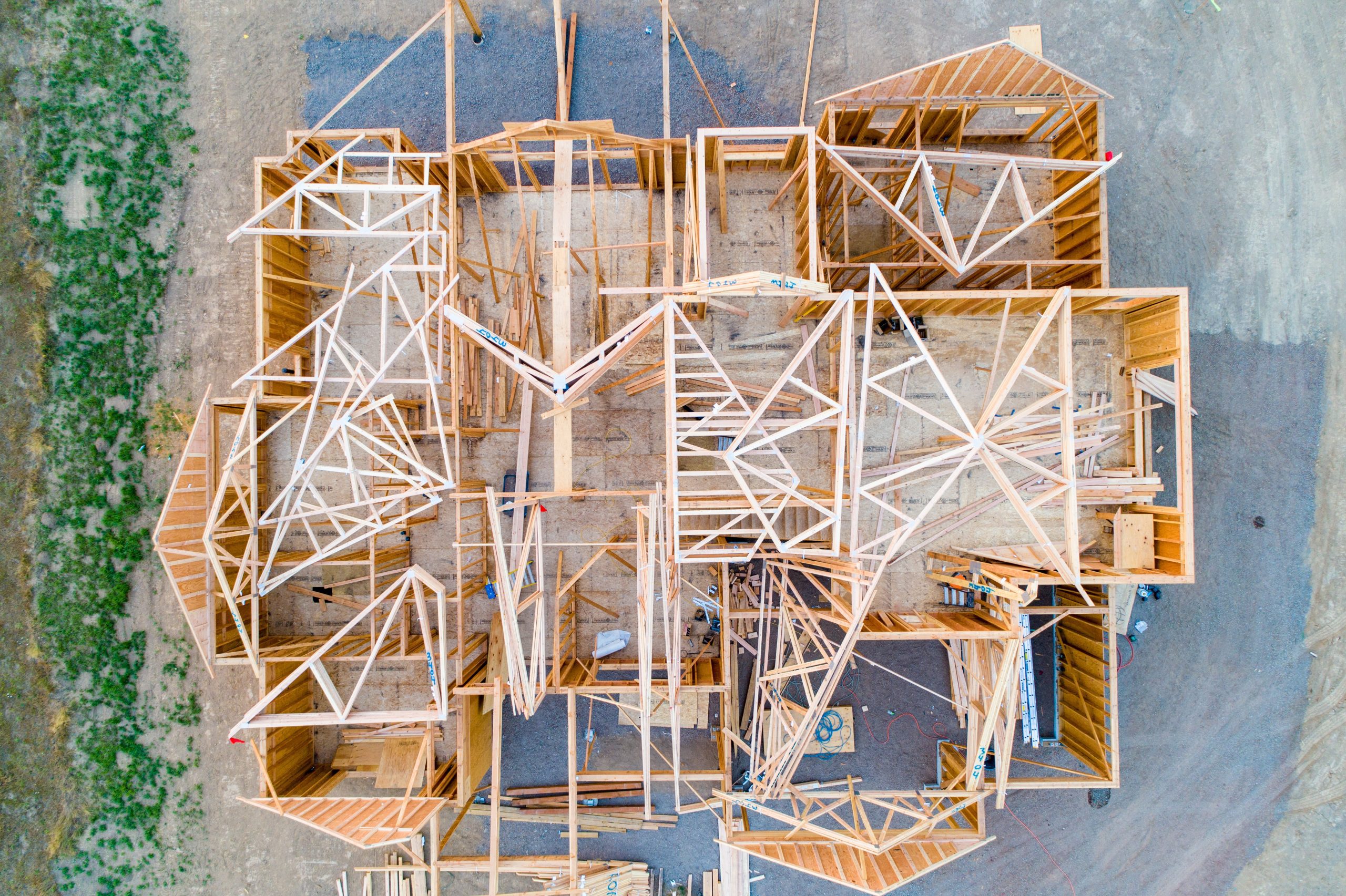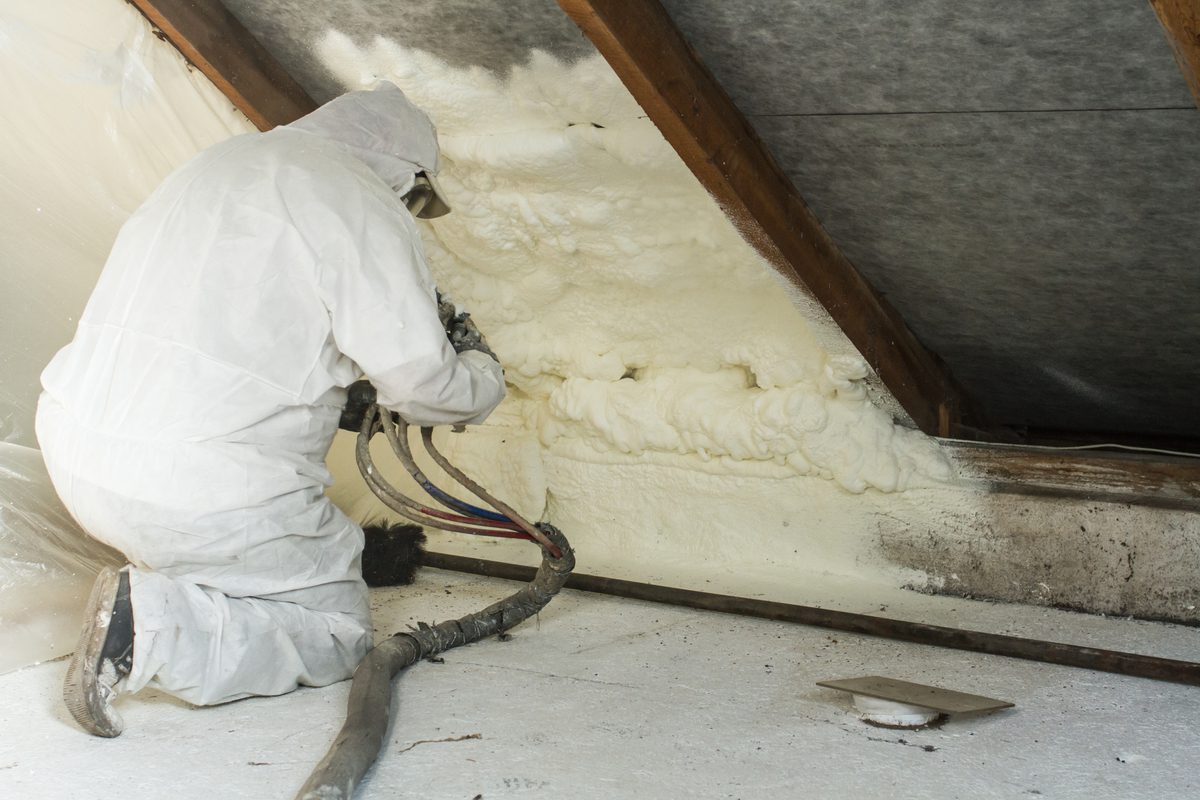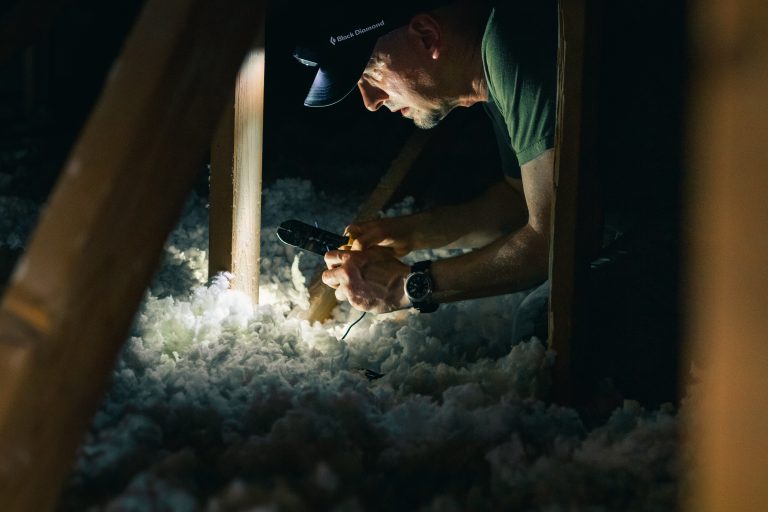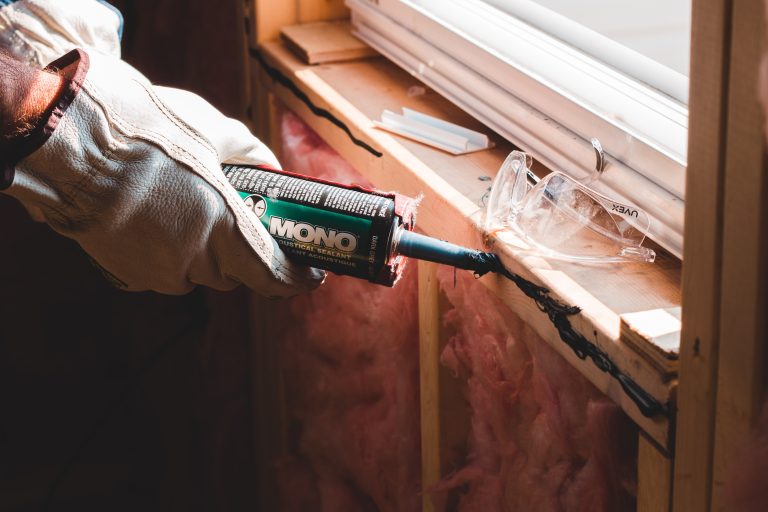Things to Look at When Buying a New Home
It must be fascinating to find a new home. It symbolizes a new chapter in your life where you can enjoy an upgraded version of bedrooms, a kitchen, a living room, and other areas your new house offers. But before making that big move, do you know how much you will spend monthly?
As you look for a new house to live in, you need to consider the location, the areas that need refurbishing, your house systems, and your budget. Whether an existing or a newly-built one, purchasing a home also means investing considerably. Have you prepared yourself for your incoming energy bills?
If you want to make a good decision and not regret anything, let’s look at four things you must consider when buying a new home.
Four Things To Consider In Buying A New Home
- The house’s location
Aside from the parks, schools, and restaurants near you, you should also consider the climate in your area. Why should you believe this? You need to know how much insulation you need for your home.
By insulating your home, you keep you warm during the cold or give you the desired temperature when it’s hot. Reducing energy consumption means less money paid on monthly bills.
To know how much insulation you need for your house, you need to know the R-value of your home.
But what is an R-Value?
An R-value depends on someone’s location and climate. It measures if your home needs more heat or prevents heat from coming inside your home. The higher the number of your R-value means, the more it can prevent heat from entering your home.
If you live in Northern Arizona or other cold places, there’s a 5-10-20-40-60-rule. This is the respective value for windows (R-5), foundation slabs (R-10), foundation walls (R-20), above-ground walls (R-40), and attics (R-60). This rule minimizes air leakage, keeps you warm during winter, and costs you less money even if energy prices go up.
If you live in Texas or other warm places, consider the 3-5-10-20-60 rule. This is the respective value for windows (R-3), below-grade slabs for foundation walls (R-5), above-grade slabs for foundation walls (R-10), above-ground walls (R-20), and attics (R-60). This rule minimizes unwanted heat, keeping you comfortable, chill, and relaxed.
- The house’s condition
This second point works for newly-constructed homes but most existing homes. If your home’s appearance needs reconstruction or restoration, you need to reconsider a lot of repairs, especially if you want to minimize energy consumption.
To make your house a good and safe place to live in, you should consider choosing the best insulation materials available for your specific needs.
- Spray-foam insulation
This insulator gives an airtight seal that prevents damage from drought, cold, and rain. It is energy-efficient and quickly installed on walls, floors, ceilings, and attics.
- Blown-In insulation
This is an easy-to-install insulator that you can add to many areas like existing wall spaces and attic floors. It is the easiest and most efficient way to insulate a home.
- Rigid Foam insulation
These insulation boards are affordable for both new and old properties. They reduce the heat absorbed from the outside and are best for unfinished walls, floors, and ceilings.
- Batts-and-blankets
If you are someone who likes DIYs, this insulator is for you. You can find them anywhere. It is easy to install and effective during the winter, keeping you warm.
- Reflective Insulation
These insulators are made from aluminum foil, most effective for houses with hot climates. You install these insulators on your roofs and attic that keep your home cool for the summer.
- Wool Insulation
This is a roof insulator that you should never underestimate. This insulator is suitable for homes with cold weather, lasts a lifetime, is cheap, good for soundproofing, and regulates the temperature.
- The house’s energy bills
Aside from providing and seeking comfort in your new home, it is essential to make wise decisions on things that would affect your utility bills.
Consider looking at the house’s heating and cooling system. Yes, they can provide good air quality but for some of you who are about to transfer to existing homes, see that these filters are adequately maintained. Doing so can reduce your energy bills to a meager cost.
Also, consider looking out for the energy labels in your appliances. An energy label tells you the amount of energy used. It is energy efficient if you have devices with an Energy Star logo. Try checking for an Energy Star on your refrigerators, washers, and air conditioners. If you see the logo, that’s an ideal house!
- The house’s cost
There will always be expenses made whether you are living in a small house, a big one, a new one, or an old one. So it is essential to have a budget for the home and its needs, especially if you want it to be energy-efficient.
Adding insulation will be easier if your house is newly constructed because everything can still be fixed before living in it. However, since proper insulation is a must from the rooftop down to your foundation, it will cost you an average of $0.65 to $6.50 per square foot. The most common insulators are spray foam (open areas), batt insulation (walls and ceilings), and rigid insulation (exterior walls).
What’s hard is living in an existing home where you have to replace and hardly access the spaces needed for insulation, restoration, and reconstruction. Older homes usually have little to no insulation than newly constructed homes. It will cost you about $1.75 to $7.50 per square foot.
Although, it depends on your insulators and how big your place is. Suppose you want a cheap way to insulate an old house, combine materials like the blown-in insulators into the walls and batts-and-blankets in your attics and other spaces.
It may cost you much now, but as you decide to live in your new house, you will be able to experience paying bills at a low cost later because of the investment you put into improving it earlier.
Summary
Looking for an energy-efficient house that offers healthier living conditions helps you save financially by lowering bills and costs that can benefit you and your whole household. You will know if what you are looking at is the perfect house as long as you consider the location, the condition, and how much it will cost you. If you keep these things in mind, you will find a house that you can soon call yours.
Suppose you are looking for an established company that offers high-quality insulation services. Geo-Insulation is at your service! Geo-Insulation is a company with the right professionals specializing in your insulation needs.
Here at Geo-Insulation, we get the work done as soon as possible and ensure that you and your house will be a better place to live in because of our affordable yet guaranteed services.










